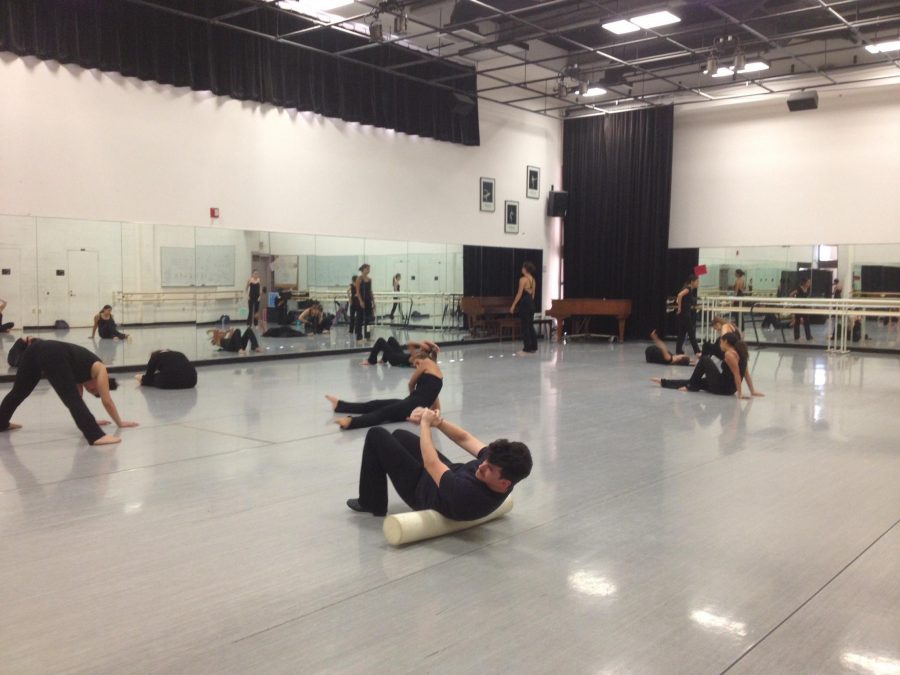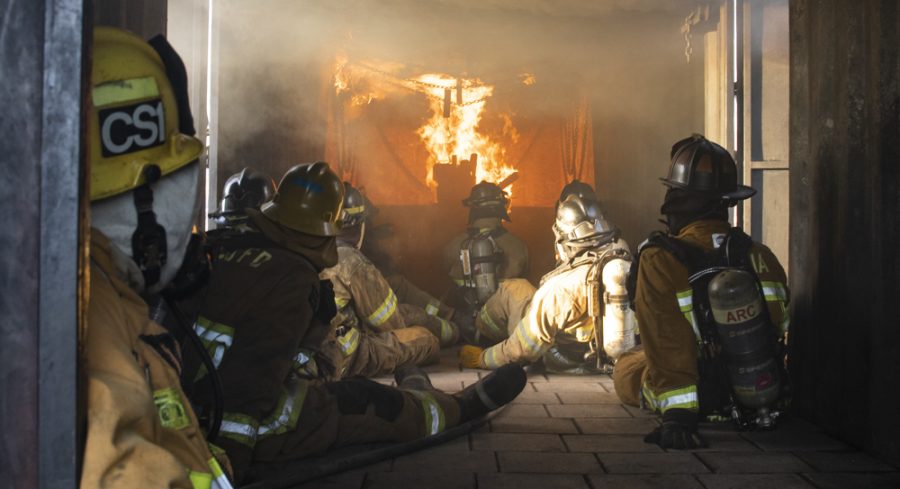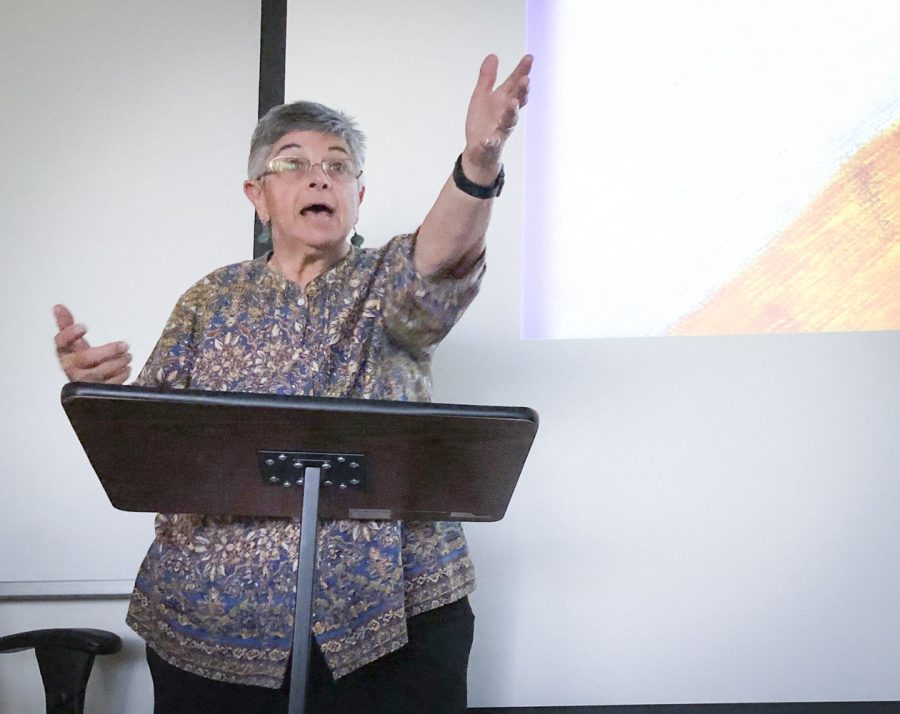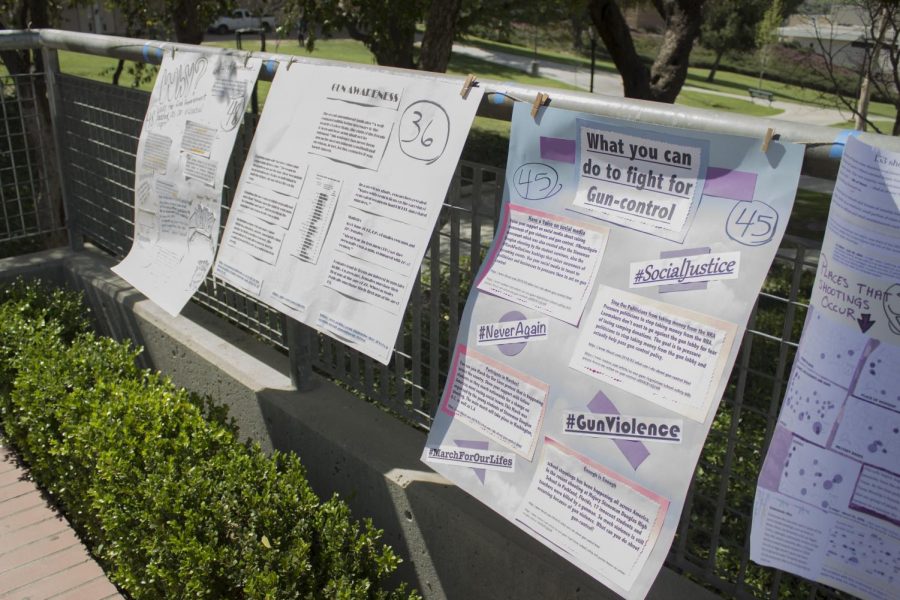Recents cuts are not only harmful to Moorpark’s Dance Program or dance majors but affect the student body as a whole.
The recent cuts in the dance program at Moorpark College include classes such as a Ballet II/III and Jazz. Aside from these cuts, classes have been combined or integrated into other classes, such as Jazz I and Jazz II.
Sayhber Rawles, a dance professor, states that dance is a fine art that is never perfected. There are various techniques that were once taught 4 days a week and have now been reduced to only 2 days a week for about two hours. There isn’t enough time for students to practice to meet the program’s needs. The time given does not allow students to truly learn and adjust themselves to the lessons learned. Despite the students passing grade in the basic class, dance is not learned in a matter of weeks.
Rawles has been teaching for almost 20 years and has gained recognition not only as a dance instructor but as a choreographer and performer as well. “It’s a kinesthetic skill, you have to learn that, you have to practice it,” said Rawles “It has to go from the brain and transfer into the body to become what they call muscle memory. That takes repetition.”
Opposed to what one might believe, the decline in these courses does not constitute a lack of interest from the students. According to Robert Salas, Department Chair of music and dance, many students are interested in dance and what it has to offer, but they are not given all the opportunities to excel. Stated in Moorpark College’s policy on course repetition, if a student has passed a class with a “C” or better, they may not repeat the course. If a student completes and passes a basic dance class, they are encouraged by the school to move on to the next level of that class. It wasn’t always like this but in 2012 a new legislative passed that prevented students from repeating one class up to four time, which they previously could.
However, there’s more to the cuts aside from classes. Although the policy has made a big difference, Moorpark College has changed the way classes are available. Instead of just offering the classes, they are designed from the majors that students sign up for. From the information students fill out, the deans pick and choose which courses need more sessions, and which can manage with less. Recently, there has been an increase in students declaring their major and maintaining it, which should make the choices of which classes to keep an easy one. Despite Dean of Performing Arts and Student Life, Despite Patricia Ewins‘, suggestions to add more dance classes, there are other needs to be fulfilled. As succesful as the Dance and Performing Arts majors may be, there are other needs and other majors that have more participants.
One of the main concerns are that some of decisions made may harm students, whether they are dancers or not. Studies have proven that dance is more than just kinesthetic movement. Stanford’s Dance Program conducted a study in 2010 which showed that dancing increases cognitive acuity in all ages. This study is something Rawles agrees with. “After taking a dance class, they are much more able to improve their academic grades, because they are so much more alert. ” said Rawles.
“I can’t emphasize on the importance on the students ability to use their kinesthetic skills in order to be proficient.” added Salas.
Richard Powers, a Stanford dance instructor not only studied how dance helps the elderly remain acute but how it helps intelligence, increasing your neural connectivity. (Powers, 2010)
Dance classes, such as the ones at Moorpark, teach students how to use their brain to remember certain steps and become more aware, and they teach a little communication as well.
In an article for the NY Times, director of the National Institute of Drug Abuse Nora Volkow says that technology is rewiring our brains today’s society, comparing it to an addiction. By 2010 , people spent an average of 12 hours of media when in 1960 it was about five. It seems that technology seems to be a high priority and we sometimes forget that we have people in front of us. Even more alarming is how we sometimes forget how to talk to these people for more than just a few minutes.
Rawles finds that dance allows us to become human again, to restore our humanity, and idea that Salas share, whether it be something as simple as having a partner and having to interact with them during a class.
People seem to underestimate the power of dance and the fine arts in general. According to Salas, America seems to degrade dance to second class , not embracing it like other cultures. “As a result of this, we’ve lost our ability to be human. We’ve lost our ability to express ourselves” stated Salas.
Ewins agrees with all this, finding dance and the performing arts as a whole to be an important form of expression. However, she knows that not everyone may feel the same or be willing to engage in a dance course. “When it’s your passion of course we think everybody outta be doing this but the Dean of the Math Department feels the same way and so does the Dean of Psychology, everybody feels the same way about their passion…..(we think) everybody in the world outta experience a dance class but in reality probably not. It has to be an individual choice.”
Even though the performing arts may not be built for everyone there is still an importance in attempting a form of expression that so many hold dearly. Dance is more than a class, for some it’s a way of life and a way of learning. “You want to give your kids the best tools to succeed in this world…” said Salas, “Dance is a metaphor for life, if you cannot discipline yourself in class, how can your discipline yourself out of class? You can’t.”
Dance cuts harm students
October 30, 2013
Jazz I students practice before class in order to keep up with the more advanced Jazz II students.
0
More to Discover






